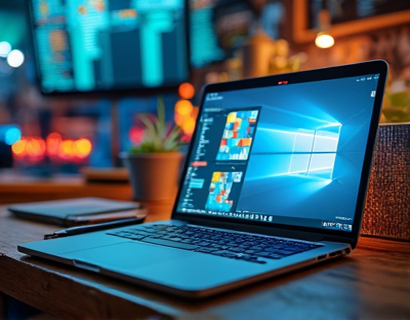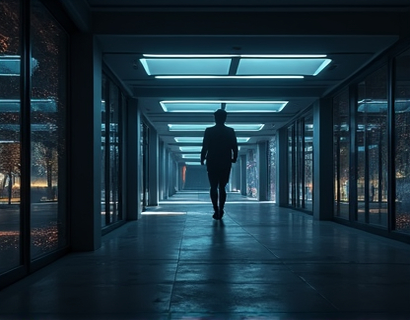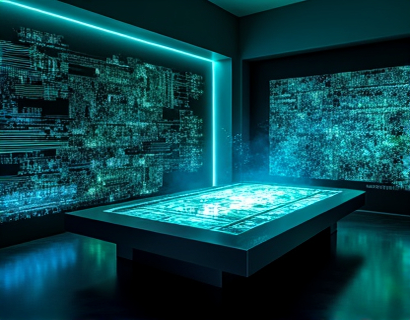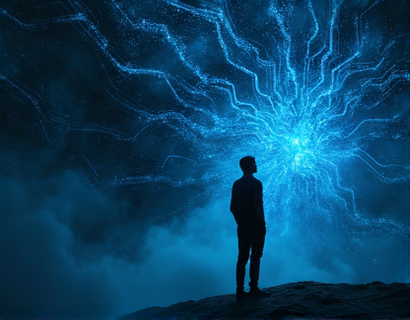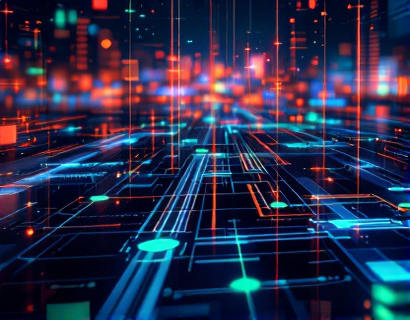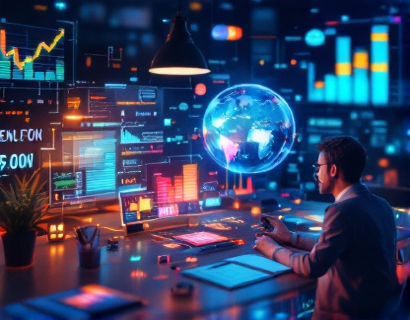AI-Driven Discovery: Unveiling Egypt's Ancient Secrets and Authentic Artifact Shopping Experience
In recent years, the intersection of technology and archaeology has opened new avenues for exploring and understanding ancient civilizations. Egypt, with its rich history and profound cultural heritage, stands as a prime example of this synergy. Through the power of AI-driven exploration, researchers and enthusiasts can delve deeper into the mysteries of this ancient land, uncovering secrets that have remained hidden for millennia. This comprehensive guide serves as an essential resource for history buffs and cultural enthusiasts, offering valuable insights into Egypt's heritage and artifacts. Complementing this exploration, a curated collection of authentic Egyptian treasures is available, providing an opportunity to own a piece of this timeless legacy.
The application of AI in archaeological research has revolutionized the way we study and interpret ancient sites. Machine learning algorithms can analyze vast amounts of data, from satellite imagery to textual records, to identify patterns and anomalies that might go unnoticed by human researchers. In the context of Egypt, AI has been instrumental in mapping undiscovered tombs, analyzing hieroglyphs, and reconstructing historical timelines. These technological advancements not only accelerate the discovery process but also enhance the accuracy and depth of the findings.
One of the most significant AI-driven projects in Egypt is the use of drones and photogrammetry to create detailed 3D models of archaeological sites. These models allow researchers to study the sites in unprecedented detail, identifying subtle features and structures that are not visible from the ground. For instance, the AI-powered analysis of drone footage has led to the discovery of previously unknown temples and tombs in the Luxor area. Such findings not only enrich our understanding of ancient Egyptian civilization but also provide a visual and interactive experience for those interested in exploring these historical sites.
AI is also making strides in the field of language and text analysis. Hieroglyphs, the writing system of ancient Egypt, have long been a challenge for scholars due to their complexity and the degradation of the inscriptions over time. Machine learning models trained on vast datasets of hieroglyphic texts can now assist in deciphering these ancient scripts with remarkable accuracy. This technology not only aids in translating texts but also helps in understanding the context and nuances of the language, providing deeper insights into the daily life, beliefs, and governance of ancient Egyptians.
Another area where AI shines is in the preservation and restoration of artifacts. Advanced imaging techniques, combined with AI algorithms, can reveal hidden details and restore damaged artifacts to their original glory. For example, AI-driven image processing has been used to remove the effects of centuries of pollution and weathering from ancient paintings and sculptures, allowing us to see them as they were intended to be seen. This not only aids in the preservation of these treasures but also enhances the educational value of museums and exhibitions by presenting artifacts in their true form.
The integration of AI in archaeological research extends to the management and analysis of large datasets. The vast amount of information collected from excavations, surveys, and historical records can be overwhelming for traditional methods. AI systems can efficiently organize, categorize, and cross-reference this data, making it easier for researchers to draw meaningful conclusions. For instance, AI can analyze the distribution of artifacts across different sites to infer trade routes, cultural exchanges, and social structures of ancient societies.
For those interested in experiencing the wonders of Egypt firsthand, an AI-driven virtual tour can be an excellent starting point. These virtual tours use AI to create immersive and interactive experiences, allowing users to explore ancient temples, pyramids, and tombs from the comfort of their homes. The use of virtual reality (VR) and augmented reality (AR) technologies, powered by AI, enhances the realism of these tours, providing a sense of presence and engagement that traditional media cannot match. Users can navigate through virtual reconstructions of historical sites, interact with digital guides, and access detailed information about the artifacts and structures they encounter.
Beyond virtual tours, AI can also personalize the learning experience for individuals interested in Egyptian history and culture. Adaptive learning platforms use AI to tailor content based on the user's interests, knowledge level, and learning pace. These platforms can recommend articles, videos, and interactive modules that align with the user's preferences, ensuring a comprehensive and engaging educational journey. For example, a user with a specific interest in ancient Egyptian mythology can receive a curated set of resources that delve into the stories of gods and goddesses, their roles in society, and their representation in art and architecture.
The combination of AI-driven discovery and personalized learning experiences makes the exploration of Egypt's ancient secrets more accessible and engaging than ever before. However, this technological advancement is not limited to academic and educational purposes. The same principles can be applied to the authentic artifact shopping experience, allowing enthusiasts to own a piece of Egypt's rich heritage.
For those who wish to bring a fragment of ancient Egypt into their homes, a carefully curated selection of authentic Egyptian artifacts is available. These items, sourced from reputable collectors and institutions, offer a tangible connection to the past. Each artifact is accompanied by detailed descriptions, historical context, and provenance information, ensuring that buyers can appreciate the significance and authenticity of their purchase. From intricately crafted jewelry and pottery to finely carved stone sculptures and papyrus scrolls, these artifacts provide a unique opportunity to own a piece of history.
The process of selecting and authenticating these artifacts involves rigorous standards to ensure their legitimacy and historical value. Each item undergoes thorough examination by experts in Egyptology, archaeology, and conservation. This includes analyzing the materials, techniques, and styles used in the artifact's creation, as well as verifying its origin and history. By adhering to these stringent standards, the collection guarantees that each artifact is not only beautiful but also a genuine piece of Egypt's cultural legacy.
Moreover, the e-commerce platform associated with this collection offers a seamless and educational shopping experience. Users can browse through high-quality images and detailed descriptions, learn about the historical significance of each item, and read about the stories behind their creation and discovery. The platform also provides resources and articles written by experts, further enriching the buyer's understanding and appreciation of the artifacts.
In addition to individual purchases, the platform offers subscription services and gift sets, allowing customers to build a collection over time or give the gift of history to loved ones. These curated sets often include a variety of items that showcase different aspects of ancient Egyptian culture, such as daily life, religion, and artistry. Whether it's a set of replica coins from the Ptolemaic period or a collection of amulets and talismans, each set is designed to provide a comprehensive glimpse into a specific facet of Egyptian heritage.
The integration of AI in the artifact shopping experience enhances the overall value and educational aspect of the purchase. AI-driven recommendations can suggest items based on the user's browsing history and preferences, ensuring that each purchase aligns with their interests. Additionally, AI chatbots are available to answer questions, provide additional information, and assist with the buying process, offering a personalized and supportive shopping experience.
In conclusion, the combination of AI-driven discovery and authentic artifact shopping offers a unique and enriching way to explore and connect with Egypt's ancient secrets. For history buffs and cultural enthusiasts, this approach provides unparalleled access to the knowledge and treasures of one of the world's most fascinating civilizations. Whether through virtual tours, personalized learning platforms, or the opportunity to own a piece of history, the wonders of Egypt are more accessible and engaging than ever before.












